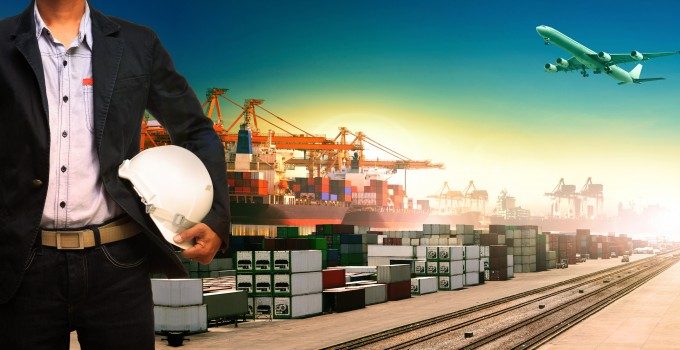Visibility and agility will become more important to supply chains than speed
Better visibility and more responsive supply chains are the only way for shippers and their ...

“It’s not something that we plan to do”, said the Maersk Group chief executive last week, referring to the growing clamour from shippers to drop slow-steaming and improve transit times and schedule reliability.
Slow-steaming was introduced in 2009 by carriers under the guise of a ‘saving ...
Keep our news independent, by supporting The Loadstar
Four crew members still missing as Wan Hai 503 continues to burn
Explosions and 'out-of-control' fire reported on Wan Hai box ship
Carrier price hikes hold, driving spot rates higher as space gets scarcer
Predatory rivals circle as the ripples from DSV's Schenker buy widen
MSC Elsa crew face criminal probe, as Wan Hai 503 firefighters battle on
Transpacific rates ease as capacity boost proves too much for trades to digest
'It's driving us mad', say forwarders as US court fails to end tariff turmoil


Comment on this article
Hariesh Manaadiar
March 06, 2015 at 4:53 amHaving been in the industry several years, I personally do not know of any shippers who are prepared to pay extra freight just so that their cargo reaches destination in time..
There maybe some JIT delivery customers who look for the fastest transit time, but on a 10000 TEU ship for example if they have about 10 TEUS, the shipping lines are not likely to speed up to accommodate these 10 TEUs..
It is natural that any shipping line will sail at the speed that is most economical for them..